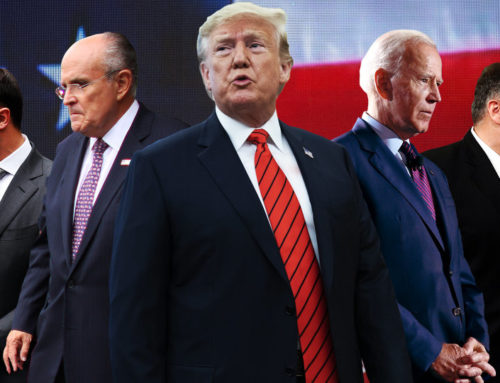ISO 9001 emphasises the involvement and commitment of senior management. Those who make the final decisions, the big decisions, who provide the resources and the strategic direction. In organisations where the quality management system is not seen as essential for running the business, for managing the quality of products and services efficiently and effectively, this review becomes a cynical chore to be performed as infrequently as possible, and as quickly as possible with plenty of managers sending their apologies for being unable to attend the meeting.
If the quality policy and quality objectives have been accepted as the organisation’s policy and objectives then the means of achieving these will naturally be discussed by the senior management team. If the quality policy and quality objectives are seen as belonging to the quality manager or department then it will be difficult to gain the involvement of senior management.
Likewise, if the quality management system is perceived to be ineffective and resource hungry, if it doesn’t address the bigger issues, then senior management will, quite rightly, question its existence and this will be reflected in their perception of management review meetings as a chore best avoided.
5 Management Responsibility
5.6 Management Review
5.6.1 General
What does ISO 9001 Say?
Top management shall review the organization’s quality management system, at planned intervals, to ensure its continuing suitability, adequacy and effectiveness. This review shall include assessing opportunities for improvement and the need for changes to the quality management system, including the quality policy and quality objectives.
Records from management reviews shall be maintained (see 4.2.4).
Why?
Having gone to the trouble of designing and implementing a quality management system it follows that the system should be reviewed at regular intervals to check that it is working and fulfils its purpose. Given that the system will only function well if driven and supported by senior managers, it makes sense that this review is performed at a senior level. In large organisations, with several layers of managers, it makes sense to review it at other levels too. The involvement of those collecting and analysing the data, who search for improvement opportunities, and who drive change is also wise. The management representative normally facilitates these meetings.
Interpretation
Let’s break it down.
Top management shall review the organization’s quality management system, at planned intervals, to ensure its continuing suitability, adequacy and effectiveness.
Senior management has to check that quality management system is:
Suitable – covers all the processes, products and services that it should cover and does so efficiently.
Adequate – delivers the products and services that meet customer and regulatory requirements.
Effective – enables the achievement of the quality objectives.
This check needs to be performed by senior managers at periodic intervals determined in advance, such as monthly or quarterly meetings. It doesn’t have to be a separate meeting. It could be added to the agenda of an existing meeting.
This review shall include assessing opportunities for improvement and the need for changes to the quality management system, including the quality policy and quality objectives.
Because the review is of a living system and because organisations change in response to customer wants and needs, legislation, the economic environment, and so forth, it is important that the review considers the driving forces of the management system – the quality policy and objectives – and whether these are still relevant. There will be areas where the status quo is not good enough because it does not help the organisation grow, become more effective, or be more efficient and these are where improvements to the quality management system can be made.
Records from management reviews shall be maintained (see 4.2.4).
The record is the outcome of the review and this is normally shown in the minutes of the management review meeting.
How is this Demonstrated?
Although the standard doesn’t say that reviews of the management system must occur in a meeting this is, in reality s good place to do it. Minutes of management review meetings should record the date on which it occurred, who was present, who sent their apologies, evidence submitted (e.g. graphs, tables and other data), actions to be taken, by whom and by when, and the follow-up of the actions raised in previous meetings
Senior management commitment is demonstrated by their attendance at management review meetings. The auditor may compare this list to the organisation chart to see whether senior managers really are involved or whether it has been delegated to middle managers. They will also look to see the level of attendance achieved and whether it is the same person/s who fails to attend thus indicating a lack of commitment.
Minutes of management review meetings should show that the suitability of the quality policy, objectives and opportunities to improve the system were discussed and record any actions that need to be taken. The next requirements in ISO 9001 tell us what else the minutes should contain.
Where actions are required, you should be able to prove that they were taken in a timely manner as this demonstrates senior management commitment. This evidence could be in the minutes where you record which actions from the previous meeting have been completed.
Demonstrating that the meetings occur at planned intervals can be achieved by simply stating how frequently they will be held in the procedure, if you have one. Clause 5.6 does not require a “documented” procedure. However, you must identify what specific documents are needed for the effective planning, operation and control of this process. These documents may include – a documented procedure, review schedule, agenda and minutes.
If you’d like some guidance or need a sounding board please email me at liz.cole@groweq.com.au. Alternatively, visit my website where you’ll find my Top 5 Essential Tips and free ISO 9001 procedures.





